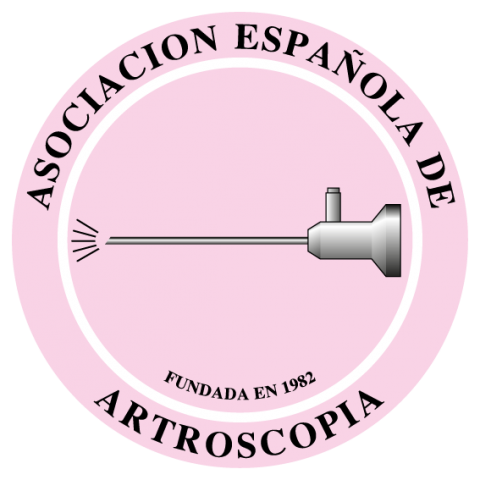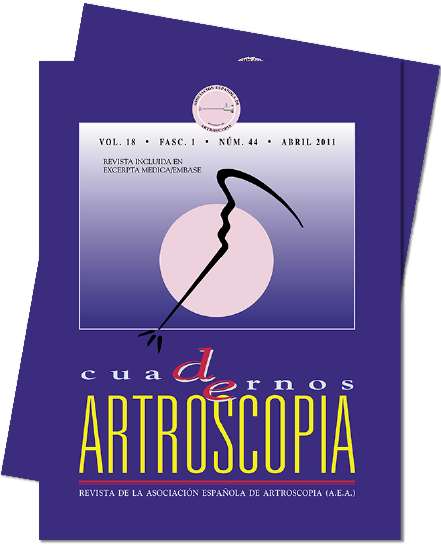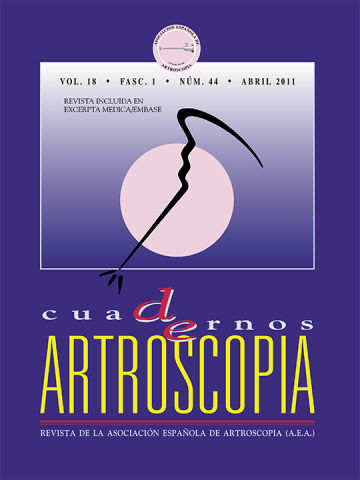Resumen:
Existen varios puntos de controversia en la reconstrucción del ligamento cruzado anterior (LCA). Con respecto a la ubicación del túnel femoral, está aceptada en la actualidad una posición más posterior y distal que la realizada clásicamente, la cual reproducía únicamente el fascículo anteromedial. La realización de este túnel femoral en posición anatómica tanto desde un abordaje transtibial como a través del portal anteromedial no está exenta de inconvenientes. Otra cuestión a discutir sería la fijación del injerto.
Se describe una técnica de reconstrucción del LCA con tendones isquiotibiales y fijación inversa que presenta las siguientes características: los túneles (femoral y tibial) se realizan con una guía y técnica fuera-dentro. El paso de la plastia se realiza de proximal a distal. La fijación tibial se realiza sobre un cross pin corto incrustado en la salida del túnel tibial y la femoral con tornillo interferencial. También permite la realización de un doble túnel femoral, pasando cada cabo del injerto por un túnel (anteromedial y posterolateral) y fijándolo independientemente.
Se trata de una técnica que permite una fácil realización del túnel femoral en posición anatómica consiguiendo una fijación, femoral y tibial fiable para llevar a cabo una rehabilitación precoz y agresiva.
Abstract:
There are a number of controversial aspects in the reconstruction of the anterior cruciate ligament. As to the location of the femoral tunnel, a more posterior and distal position than the classical one is currently accepted, as the classical one only reproduced the anteromedial fasciculum. The actual establishment of this femoral tunnel in anatomic position, either through a transtibial approach or through the anteromedial portal, is not devoid of disadvantages. A further point to debate is that if the fixation of the implant.
An ACL reconstruction technique using the ischio-tibialis tendon and inverse fixation is here reported, which presents the following features: the tunnels (femoral and tibial) are prepared with the help of a guide and with outside-inside technique. The passage of the implant is performed from proximal to distal. The tibial fixation is carried out over a short crosspin embedded in the outlet of the tibial tunnel, and the femoral one with an interferential screw. This technique also allow for the establishment of a double femoral tunnel, passing each end of the implant through one tunnel (anteromedial and posterolateral) and fixing each of the ends independently.
This technique allows an easy establishment of the femoral tunnel in anatomical position, achieving a reliable femoral and tibial fixation in order to carry out an early and aggressive rehabilitation.
Keywords:
Anterior cruciate ligament
Anatomic reconstruction
Surgical technique




